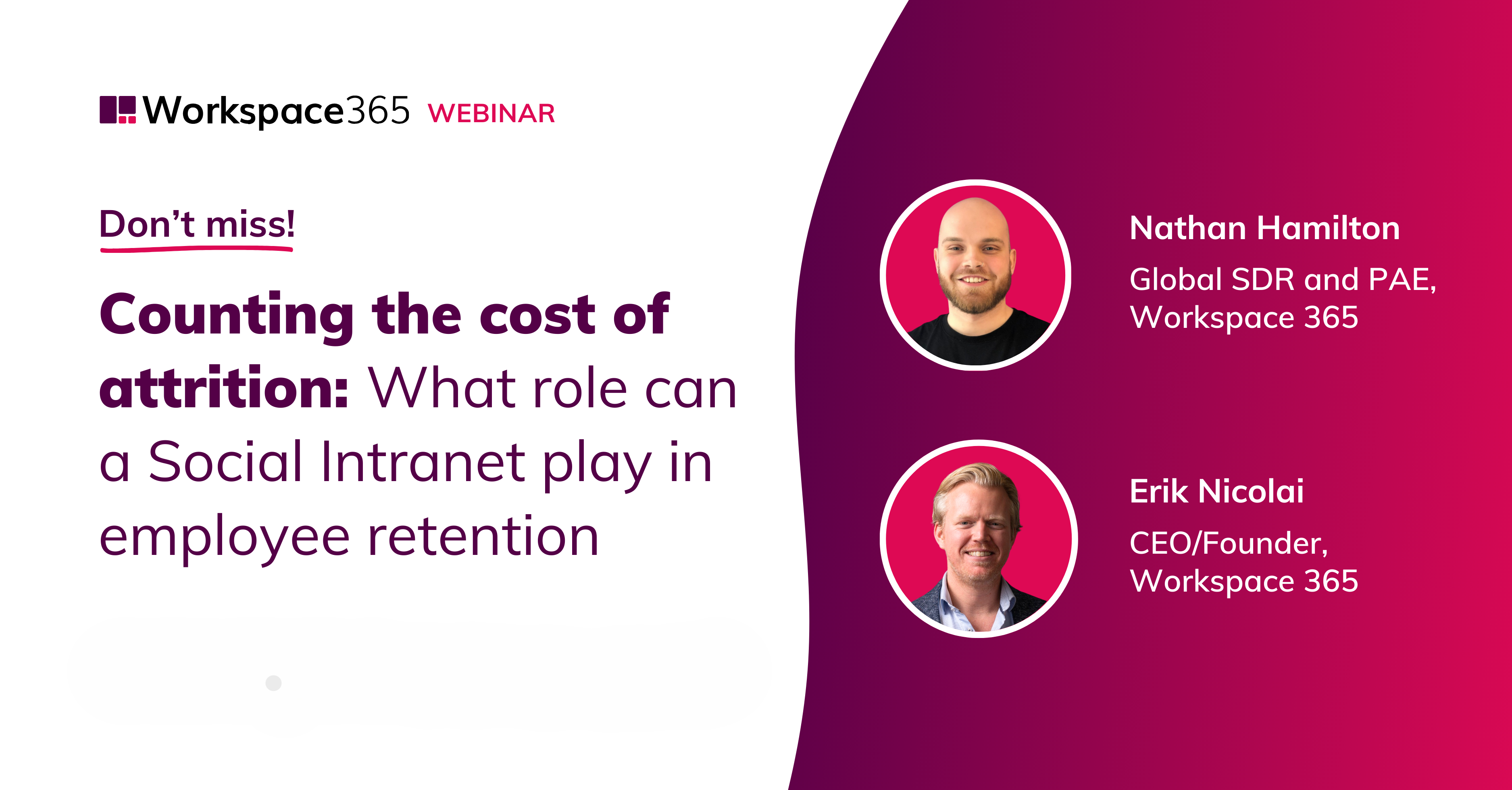Digital Employee Experience (DEX) plays an important role within organisations. With many organisations now working remotely and hybrid, optimising the DEX has become even more crucial. After all, it allows them to ensure that employees continue to feel engaged with the organisation as well as being able to work productively. In this article, we discuss the most important DEX trends of 2023.
The benefits of DEX
A good DEX results in increased productivity, engagement, satisfaction, flexibility, and collaboration - and, indeed, less workload. DEX can also lead to better decision-making. Do employees have data analysis and visualisation technologies? Then they can work data-driven and make smarter decisions.
Hybrid working
A lot has been written about hybrid working recently. Even in the context of DEX, working from home and the office is currently a big trend. Do employees have all the digital technologies they need to work comfortably anywhere and anytime? If so, this benefits the DEX.
Not only is it all about effective and fine communication and collaboration tools for video conferencing, project management and document sharing, for example. Training in and being supported when it comes to these tools is also crucial. This can be done, for example, through online tutorials and helpdesk support.
Artificial intelligence (AI)
We have written before about AI trends in 2023, for example about digital transformation and the digital workplace. There is no doubt that AI improves DEX: by automating tasks and streamlining processes via AI, employees are left with more time for tasks that are important and require their expertise.
Typical AI applications that improve DEX include chatbots that handle queries and requests very quickly and also personalised recommendations for, among other things, career development and training. But also think of your route via Google Maps as being mapped out for you the moment you open your digital workspace and need to get to your next appointment.
Improving data-driven DEX
By collecting data on how employees interact with different digital technologies, you can identify patterns and trends. And you can in turn use these as an organisation to improve employees' digital experiences.
You can gain data-driven insights, for example, by collecting employee feedback through surveys and interviews or by analysing data from systems and applications that employees use.
You can make improvements in different areas. Think about implementing new technologies or functionalities, solving problems with certain applications or systems, and improving, for instance, the performance or uptime of systems that employees frequently work with.
Improving your DEX is never done. You constantly need to monitor what employees need for an optimal Digital Employee Experience. Not only should you continuously collect and analyse data, but it is also important to regularly sit down with departments and end users. Only then can you really understand their needs and wishes and improve your DEX.
Focus on self-service
Autonomy makes employees satisfied, engaged, productive and happy. Setting their own working hours and being able to work from different locations, as well as self-service, are very important for employees. Self-service is all about allowing employees to arrange their own tasks, for which they previously depended on other departments.
A good example is HR. Whereas before, employees had to call HR colleagues to update personal information, request the number of holidays, submit leave requests or ask for onboarding information, now, through self-service, they can easily do this themselves via a digital workplace, portal or mobile app. This allows them to take care of such matters whenever and wherever they want.
Personalisation
Personalisation is very important for an optimal DEX. As an employee, you only want to see what you have access to; you prefer to ignore unnecessary information. The applications, documents and information you need during your working day should be adapted to your role and location.
By personalising the digital workplace, employees feel more involved in both their work and their organisation. Because personalisation provides a better user experience, employees can work more efficiently and productively.
Tools that increase employee well-being
DEX and employee well-being both get a lot of attention in the HR strategy of many organisations. In fact, a good DEX affects employee well-being. There are also tools that specifically focus on increasing employee well-being.
For example, mindfulness and meditation tools, fitness trackers, self-help tools for mental issues and tools to maintain a good work-life balance. By 2023, we see a growing number of companies integrating these kinds of technologies into the digital workplace.
An adaptive digital workplace
A digital workplace unites all your applications, data, documents, processes and tasks in one workplace. A modern digital workplace is adaptive. In other words, the workplace adapts to the user's needs and preferences. In doing so, it automatically displays the most relevant information. Think, for example, of displaying the most frequently used applications and information, but also of always asking the user at the right moment to register his/her hours.
An adaptive digital workplace ties in with DEX trends such as personalisation, AI and hybrid working. Not only does an adaptive workplace improve the user experience, it is also the basis for more productivity, security, job satisfaction as well as new digital transformation initiatives.
In addition, an adaptive digital workplace is a powerful tool to get work done faster - and thus eliminate repetitive actions and frustrations. Workflows from different systems, for instance, can be smartly brought together in one environment. For instance, Workspace 365 offers the possibility to integrate processes and handle tasks directly - without leaving the workplace - via Micro Apps.
Also, the Global Search within Workspace 365 is adaptive. When users search for something, they are shown their own personalised top categories. The search results depend on their own click behaviour and interests and are constantly tailored accordingly.







